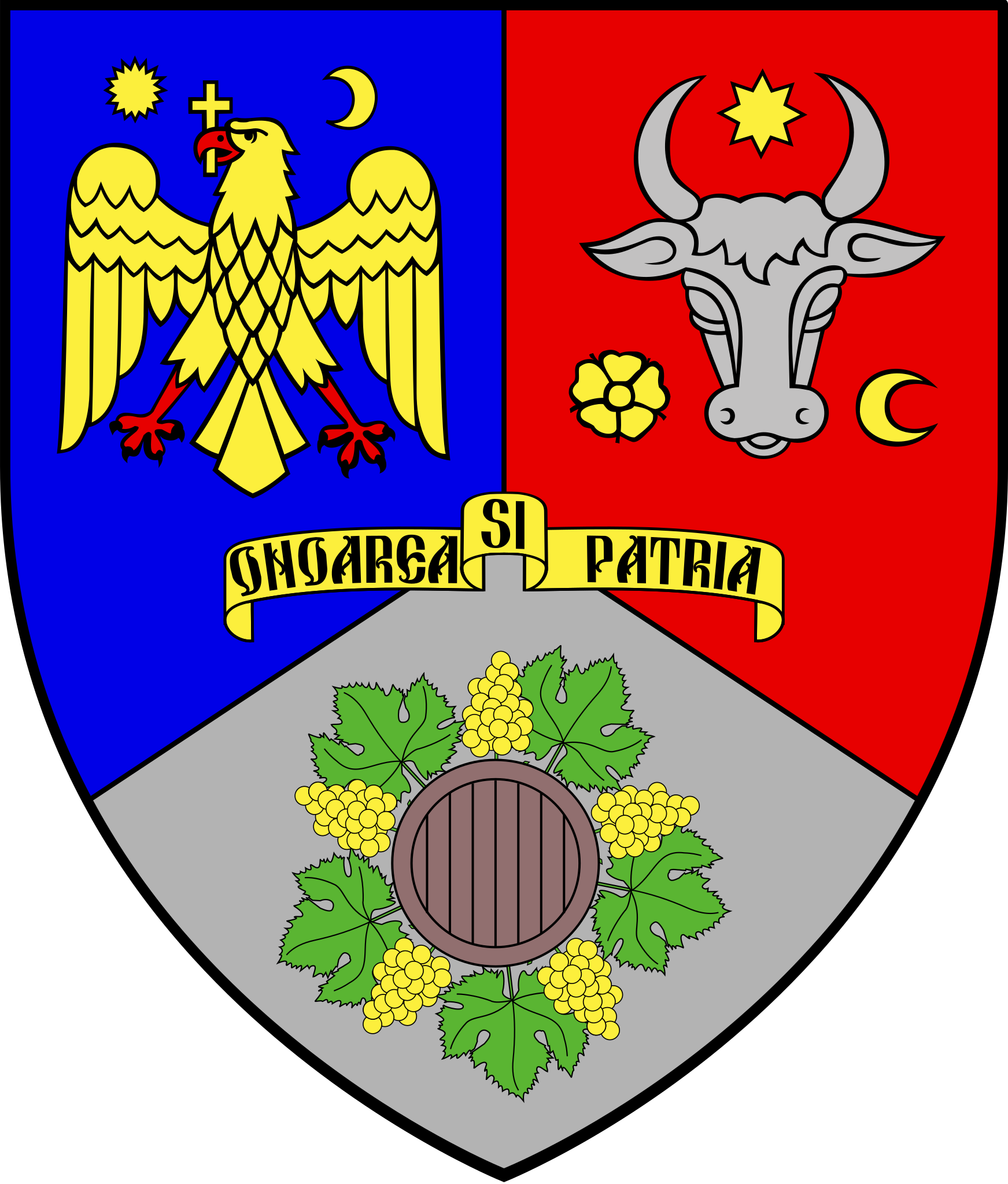
Description
INCAS – National Institute for Aerospace Research and Development “Elie Carafoli” is the representative research and development institution in the field of aerospace sciences in Romania, with a tradition of over 70 years in aerospace engineering, flow physics and applied aerodynamics, managing advanced technologies and a unique infrastructure of national strategic importance.
The INCAS headquarters are located in Bucharest, Romania, where the specialized aeronautical research infrastructure operates, including wind tunnel testing facilities from low subsonic to supersonic regimes.
Being involved over time in all major national aeronautical projects with civil and military applications, INCAS currently has an important status in the development of the European Union’s policy in the field of aerospace research and development.
Mission/Objectives/Role/Scientific directions
INCAS is an advanced research center that plays a key role both nationally and internationally in providing advanced capabilities across the spectrum of fundamental and applied research in the aerospace sciences, while also providing industrial support and expertise.
The institute carries out this mission in an environment integrated with industry and the academic community, supported by the involvement of higher education partners.
At the same time, INCAS carries out this approach in an innovative environment, sensitive to the issue of competitiveness and intellectual property rights, strictly regulated based on the main requirements of the aerospace sector, but also flexible in relation to niche sectors.
Major Research Directions/Services
- Certification for civil and military products in the aviation sector;
- Aerospace research and development (including testing up to TRL 6 technological maturity level) for military and civil applications;
- Design, development and certification for Unmanned Air Systems (UAS);
- Research and development (including testing up to TRL 6 level) for mechanical engineering projects;
- Research and development (including testing up to TRL 6 level) for the field of launchers and space vehicles technology;
- Integration and Technological Transfer;
- Automatic or semi-automatic development of algorithms, imaging analysis of optical and radar information, data synchronization;
- Systematization at pixel/object level, optical and radar images, low, high and very high resolution image processing, topographic and cadastral databases;
- Remote sensing of atmospheric aerosols and calibration-validation satellite missions;
- Environmental impact applications, aerial laser scanning, remote sensing;
- Geospatial analysis, including software development;
- Terrestrial monitoring;
- Conceptual and detailed design for aircraft projects according to current standards;
- Conceptual and detailed design for aeronautical structures;
- Aerodynamic testing (subsonic, transonic, supersonic regime), aerodynamic simulations (subsonic-hypersonic regime);
- Preliminary design for space launchers through multidisciplinary optimization;
- Design and optimization for spacecraft mechanical parts (metallic parts) and production management;
- Mechanical strength analysis and dynamic simulation;
- Design for airport infrastructures;
- Research and development for specialized military equipment.



